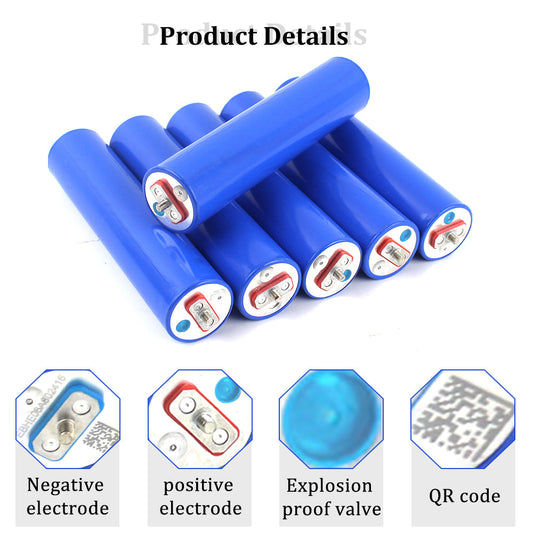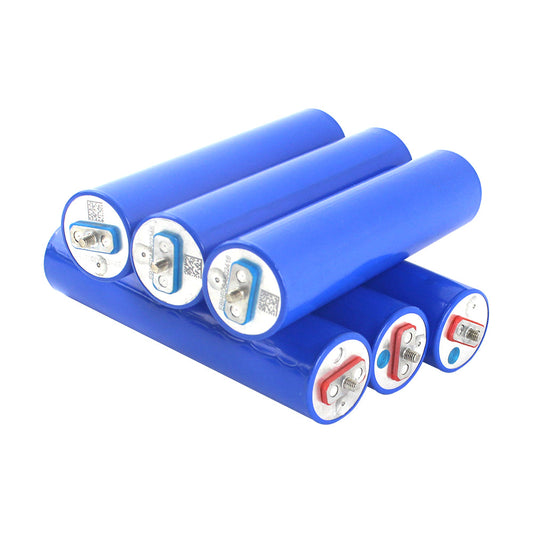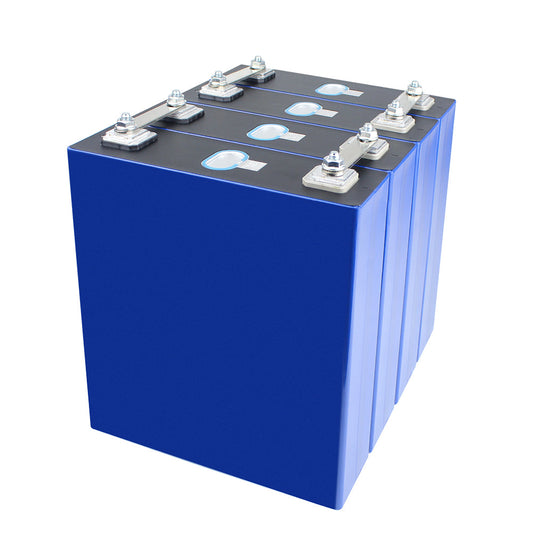
Lithium-Ion Battery Discharge: High C-Rating
LeeHankShare
The "c" on a lithium battery stands for discharge rate, referred to as "discharge C-rate" in battery terminology. It's calculated by dividing the discharge current by the battery capacity. For instance, if a battery has a capacity of 1.5Ah, then 1C would be a discharge rate of 1.5A, 2C would be 3A, and 0.5C would be 0.75A. The C-rate indicates how quickly the battery can be discharged. Higher C-rates mean the battery can discharge more quickly.
For lithium-ion batteries, the choice between higher or lower C-rate depends on device requirements. Always ensure compatibility to avoid damage. This applies to lithium vehicle battery, lithium ion vehicle battery, deep cycle RV battery, and lithium batteries for RVs.
There are high C-rate batteries, which can discharge at rates exceeding 10C, while regular ones stay within 3C. Think of the C-rate as the battery's "burst" capability—high C-rate batteries are suitable for applications requiring sudden high currents, such as RC models or drones.
So, is a higher or lower C-rate better for lithium-ion batteries? It depends on the device you're using. Generally, it's not advisable to discharge batteries at high rates unless necessary. For devices requiring sudden high currents, like RC models, higher C-rate batteries are essential.
Therefore, the choice between a higher or lower C-rate for lithium-ion batteries depends on the device's requirements. Always ensure that your device can handle the chosen C-rate to avoid unnecessary damage.加入The "c" on a lithium battery stands for discharge rate, referred to as "discharge C-rate" in battery terminology. It's calculated by dividing the discharge current by the battery capacity. For instance, if a battery has a capacity of 1.5Ah, then 1C would be a discharge rate of 1.5A, 2C would be 3A, and 0.5C would be 0.75A. The C-rate indicates how quickly the battery can be discharged. Higher C-rates mean the battery can discharge more quickly.
There are high C-rate batteries, which can discharge at rates exceeding 10C, while regular ones stay within 3C. Think of the C-rate as the battery's "burst" capability—high C-rate batteries are suitable for applications requiring sudden high currents, such as RC models or drones.
So, is a higher or lower C-rate better for lithium-ion batteries? It depends on the device you're using. Generally, it's not advisable to discharge batteries at high rates unless necessary. For devices requiring sudden high currents, like RC models, higher C-rate batteries are essential.
Therefore, the choice between a higher or lower C-rate for lithium-ion batteries depends on the device's requirements. Always ensure that your device can handle the chosen C-rate to avoid unnecessary damage.
For lithium-ion batteries, the choice between higher or lower C-rate depends on device requirements. Always ensure compatibility to avoid damage. This applies to lithium vehicle battery, lithium ion vehicle battery, deep cycle RV battery, and lithium batteries for RVs.
There are high C-rate batteries, which can discharge at rates exceeding 10C, while regular ones stay within 3C. Think of the C-rate as the battery's "burst" capability—high C-rate batteries are suitable for applications requiring sudden high currents, such as RC models or drones.
So, is a higher or lower C-rate better for lithium-ion batteries? It depends on the device you're using. Generally, it's not advisable to discharge batteries at high rates unless necessary. For devices requiring sudden high currents, like RC models, higher C-rate batteries are essential.
Therefore, the choice between a higher or lower C-rate for lithium-ion batteries depends on the device's requirements. Always ensure that your device can handle the chosen C-rate to avoid unnecessary damage.加入The "c" on a lithium battery stands for discharge rate, referred to as "discharge C-rate" in battery terminology. It's calculated by dividing the discharge current by the battery capacity. For instance, if a battery has a capacity of 1.5Ah, then 1C would be a discharge rate of 1.5A, 2C would be 3A, and 0.5C would be 0.75A. The C-rate indicates how quickly the battery can be discharged. Higher C-rates mean the battery can discharge more quickly.
There are high C-rate batteries, which can discharge at rates exceeding 10C, while regular ones stay within 3C. Think of the C-rate as the battery's "burst" capability—high C-rate batteries are suitable for applications requiring sudden high currents, such as RC models or drones.
So, is a higher or lower C-rate better for lithium-ion batteries? It depends on the device you're using. Generally, it's not advisable to discharge batteries at high rates unless necessary. For devices requiring sudden high currents, like RC models, higher C-rate batteries are essential.
Therefore, the choice between a higher or lower C-rate for lithium-ion batteries depends on the device's requirements. Always ensure that your device can handle the chosen C-rate to avoid unnecessary damage.





